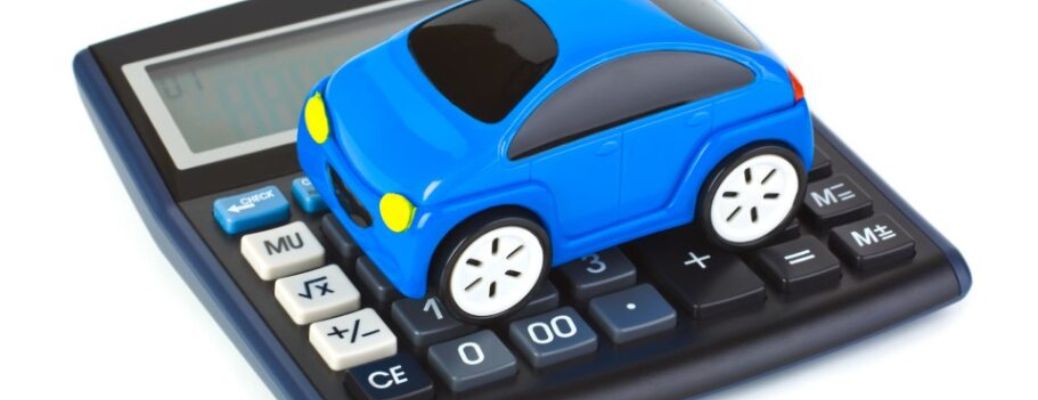Holiday Gift Ideas for Drivers On The Go
With the holidays coming up it is time to start thinking of gifts for friends and family. Enhance your friend’s drives with the perfect road trip sidekick with a gift from this guide to holiday gift ideas for drivers on the go from Auto Simple.










